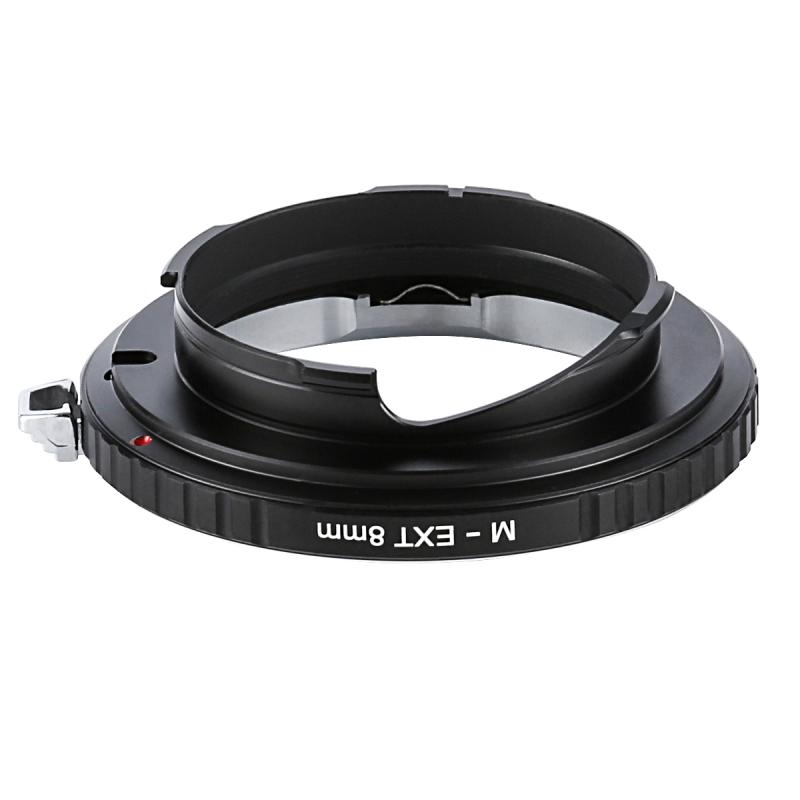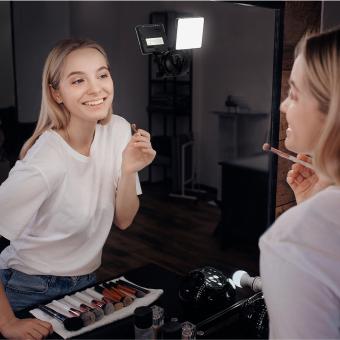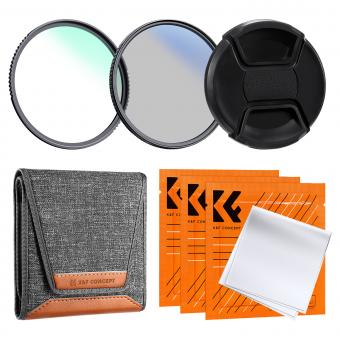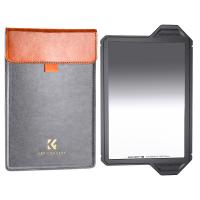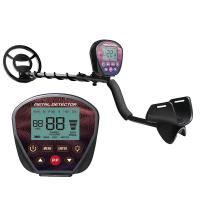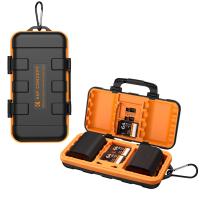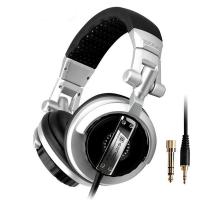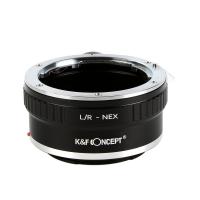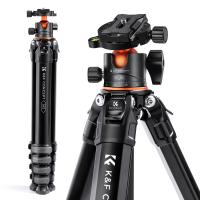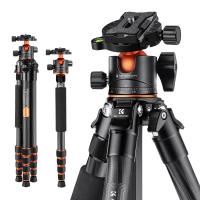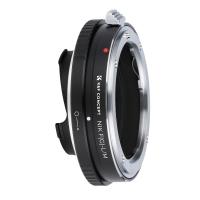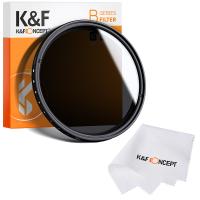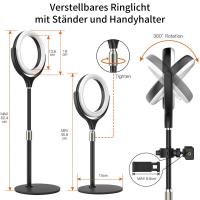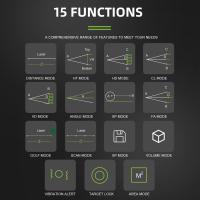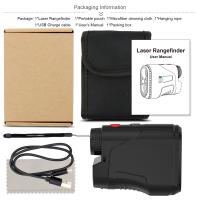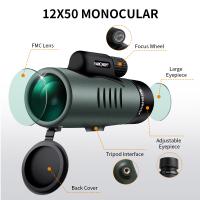What Is Nd Filter On Video Camera ?
An ND filter on a video camera is a neutral density filter that reduces the amount of light entering the camera lens without affecting the color or hue of the image. This is useful in situations where there is too much light, such as when shooting in bright sunlight or when using a wide aperture in low light conditions. By reducing the amount of light entering the lens, an ND filter allows the camera to use a slower shutter speed or wider aperture, which can create a more aesthetically pleasing image. ND filters are available in different strengths, measured in stops, which indicate how much light they block. They can be either built-in or attached externally to the camera lens.
1、 Definition of ND filter in video camera
What is ND filter on video camera?
An ND filter, or neutral density filter, is a type of filter that is used in video cameras to reduce the amount of light that enters the lens. This is achieved by using a filter that is made up of a material that absorbs light, such as glass or plastic. ND filters are commonly used in outdoor filming situations where there is a lot of bright sunlight, as they allow the camera to capture a more balanced exposure without overexposing the image.
ND filters come in different strengths, or densities, which are measured in stops. The higher the density of the filter, the more light it will absorb. For example, a 1-stop ND filter will reduce the amount of light entering the lens by half, while a 3-stop ND filter will reduce it by eight times.
In addition to controlling exposure, ND filters can also be used to create certain visual effects in video footage. For example, a high-density ND filter can be used to create a motion blur effect in footage of moving water or clouds.
Overall, ND filters are an essential tool for any videographer who wants to have more control over their exposure and create more visually interesting footage.

2、 Types of ND filters for video cameras
What is ND filter on video camera?
An ND filter, or neutral density filter, is a type of filter that reduces the amount of light entering the camera lens without affecting the color or hue of the image. This is particularly useful in video production, where the camera may need to be used in bright outdoor settings or in situations where the lighting is too harsh.
Types of ND filters for video cameras:
1. Screw-on ND filters: These are the most common type of ND filters and are attached directly to the camera lens. They come in different strengths, ranging from ND2 to ND1000, with ND2 being the lightest and ND1000 being the darkest.
2. Variable ND filters: These filters allow the user to adjust the strength of the filter by rotating the filter ring. This is particularly useful in situations where the lighting conditions are constantly changing.
3. Square ND filters: These filters are placed in front of the lens using a filter holder. They come in different sizes and can be stacked to achieve different strengths.
4. Graduated ND filters: These filters are used to balance the exposure between the sky and the foreground in landscape shots. They are darker at the top and gradually become lighter towards the bottom.
The latest point of view on ND filters is that they are an essential tool for any videographer or filmmaker. They allow for greater creative control over the exposure and can help to achieve a more professional-looking final product. With the rise of social media and online video content, the demand for high-quality video production has never been greater, and ND filters are a key component in achieving this.
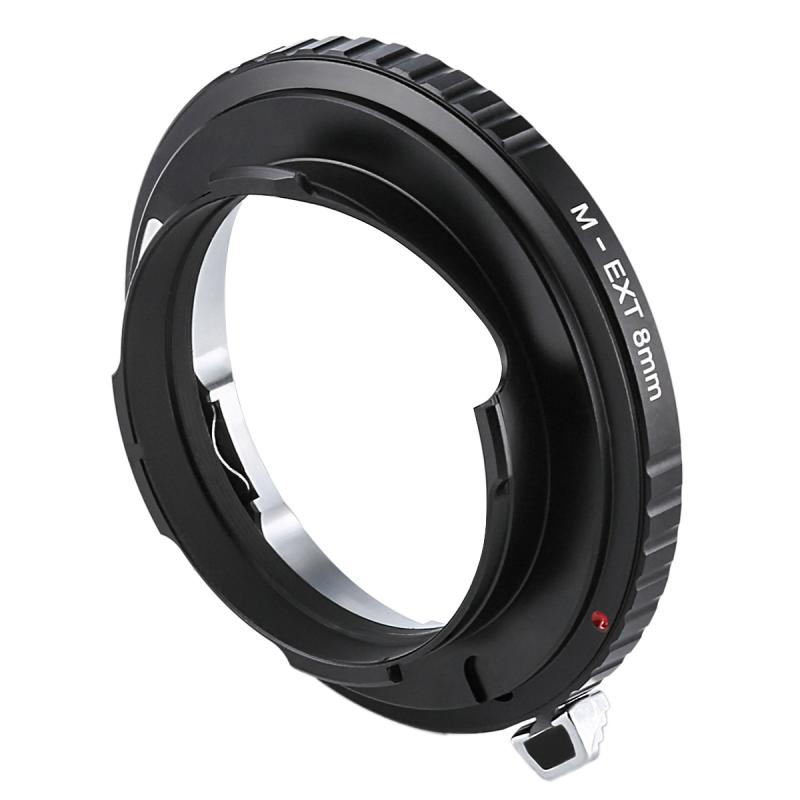
3、 Advantages of using ND filters in video shooting
Advantages of using ND filters in video shooting:
ND filters, or neutral density filters, are a crucial tool for videographers and filmmakers. They are essentially darkened pieces of glass that reduce the amount of light entering the camera lens, allowing for greater control over exposure and depth of field. Here are some advantages of using ND filters in video shooting:
1. Control over exposure: ND filters allow videographers to shoot in bright conditions without overexposing the image. This is particularly useful when shooting outdoors in bright sunlight, where the camera's shutter speed and aperture may not be enough to properly expose the image.
2. Creative control: ND filters can be used to create a shallow depth of field, which can be useful for isolating a subject or creating a cinematic look. They can also be used to create motion blur, which can add a sense of movement and energy to a shot.
3. Consistency: ND filters can help maintain consistent exposure across multiple shots, even if the lighting conditions change. This is particularly useful when shooting a scene that takes place over a long period of time, or when shooting in a location with changing light conditions.
4. Protection: ND filters can also protect the camera lens from dust, scratches, and other damage.
In recent years, there has been a growing trend towards using variable ND filters, which allow for greater control over the amount of light entering the lens. These filters can be adjusted to different levels of darkness, allowing for greater flexibility and control over exposure. Overall, ND filters are an essential tool for any videographer or filmmaker looking to achieve professional-looking results.
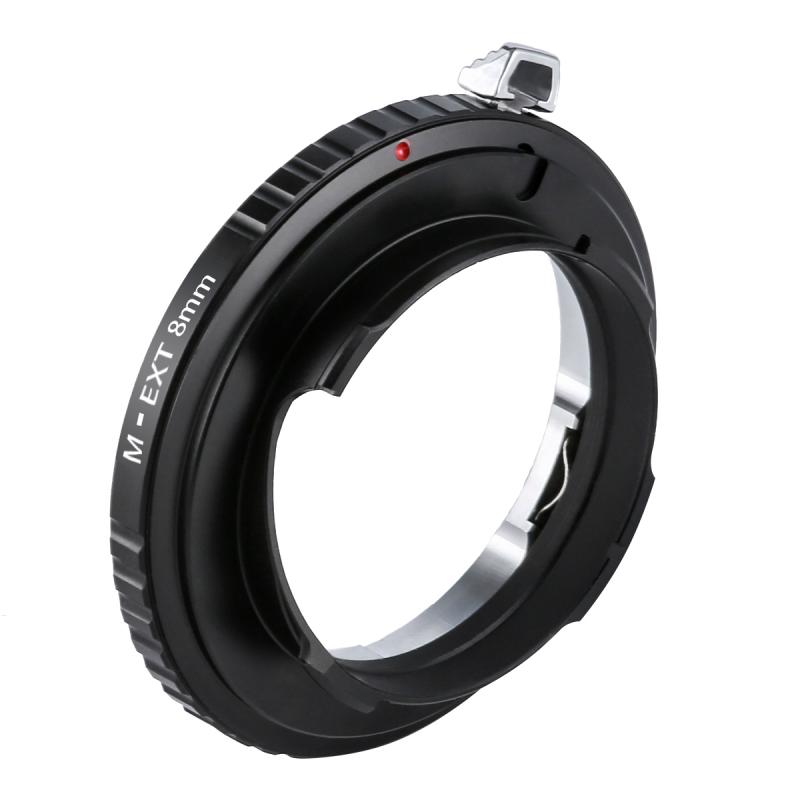
4、 How to choose the right ND filter for your video camera
What is ND filter on video camera?
An ND filter, or neutral density filter, is a type of camera filter that reduces the amount of light entering the lens without affecting the color or contrast of the image. ND filters are commonly used in photography and videography to achieve a shallow depth of field or to create motion blur in bright lighting conditions.
How to choose the right ND filter for your video camera?
Choosing the right ND filter for your video camera depends on several factors, including the lighting conditions, the desired effect, and the camera settings. The most common ND filters are rated by their f-stop reduction, which indicates how much light they block. For example, an ND2 filter reduces the light by one stop, while an ND8 filter reduces the light by three stops.
When choosing an ND filter, it's important to consider the camera's ISO, shutter speed, and aperture settings. A higher ISO or wider aperture may require a stronger ND filter to achieve the desired effect. Additionally, some cameras may have built-in ND filters that can be used instead of external filters.
The latest point of view on ND filters is that they are essential for achieving professional-looking video footage in bright lighting conditions. ND filters can help to reduce overexposure, create a shallow depth of field, and add motion blur to footage. As video technology continues to advance, ND filters will remain an important tool for videographers and filmmakers.
